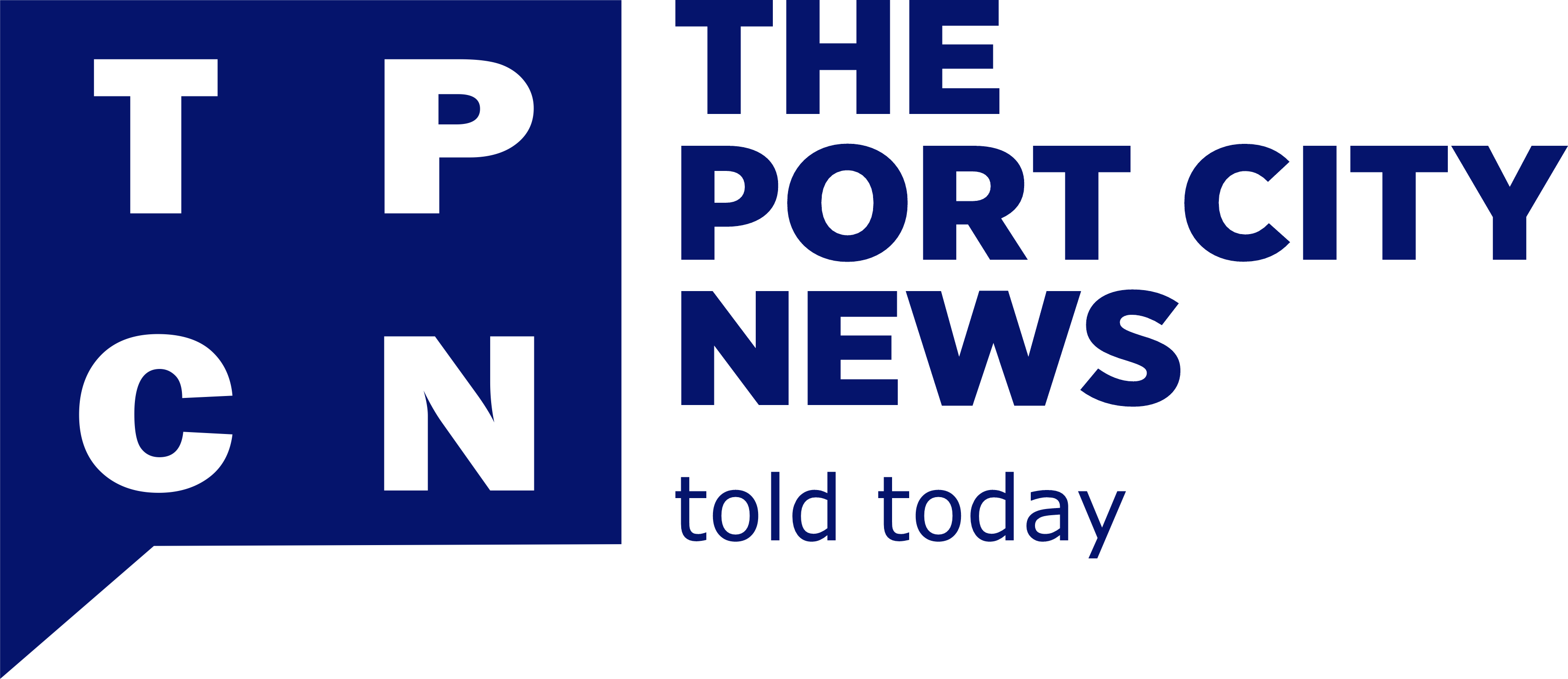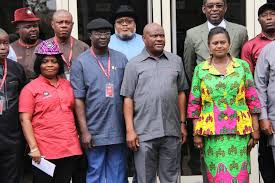Reports by Punch indicate that more than N67 billion earmarked by the Federal Government between 2005 and 2017 for the Universal Basic Education scheme has yet to be accessed. This is because state governments have been delinquent in providing the matching grants or counterpart funds that will enable them to draw down the funds, and use it for the intended purpose.
Attorney and civil rights activist, Femi Falana, who is evidently worried at this strange behaviour of the concerned state actors recently lamented, “I have just been informed by (the Universal Basic Education Commission) that… Borno, Gombe, Jigawa, Lagos, Rivers, and (the) Federal Capital Territory have (not) accessed the funds (from 2005) up to 2017.”
The Universal Basic Education was introduced in 1999 “to redress the level of illiteracy, accelerate national development, and improve the fallen standard of education.” It was a way to address the crises that compromised its precursor Universal Primary Education scheme that was launched by the military government headed by General Olusegun Obasanjo in 1976.
The UBE Act of 2004 provides for compulsory, free, and universal basic education for all Nigerian children of primary and junior secondary school age, “between the age of 6 and 16 years, whether disabled or not.”
UBE is not limited to formal schooling, but includes “adult literacy and non-formal education, skills acquisition programmes, and the education of special groups, such as nomads and migrants, girl child and women, almajiri, street children, and disabled groups.”
The dedicated UBEC fund is to be used for provision of books, classrooms, furniture, and free lunch. The idea is to attempt to meet the requirement of the United Nations Educational, Scientific, and Cultural Organisation, which is that governments should direct at least 26 per cent of their annual budgets to funding education.
This agrees with Section 18 of Nigeria’s constitution, which requires government to ensure equal and adequate educational opportunities for all; eradicate illiteracy; and when practicable, provide free, compulsory, and universal primary education, as well as free university and adult education.
The United Nations Millennium Development Goals, which expired in 2015, noted that “Education of children gives the next generation the tools to fight poverty and AIDS.” And so, MDG 2, which sought to achieve universal primary education for all children by 2015, proposed that “children everywhere, boys and girls alike, will be able to complete full work of primary schooling.”
Goal 4 of the successor Sustainable Development Goals, which will terminate in 2030, aims to “Ensure inclusive and equitable education, and promote lifelong learning opportunities for all.” It is expected that “by 2030, all girls and boys in the world will (have the guarantee to) complete free, equitable, and quality primary and secondary (school) education.”
The objective of the UBEC Act is the “eradication of illiteracy, ignorance, and poverty, through basic education in Nigeria. Incidentally, former President Olusegun Obasanjo, who signed both the UPE Act and UBEC Act into law, says, “I believe that education is the starting point for development in Africa.”
He asserts that it is after the issue of education is resolved that Africans would begin to lead better lives, and make their own contributions to their immediate communities, countries and the world. As education experts say, human capital development, through functional education, is the first condition for the economic development of any nation.
Section 11(1) of the UBEC Act provides that the programme shall be financed from a Federal Government block grant of two per cent of the Consolidated Revenue Fund, which thus makes it a first line expenditure charge; Federal Government guaranteed loans; and grants from local and international donors.
Section 11(2) of the Act however, provides that “For any state to qualify for the Federal block grant, pursuant to Section 1(1) of this Section, such state shall contribute not less than 50 per cent of the total cost of the projects as its commitment to the execution of the project.”




